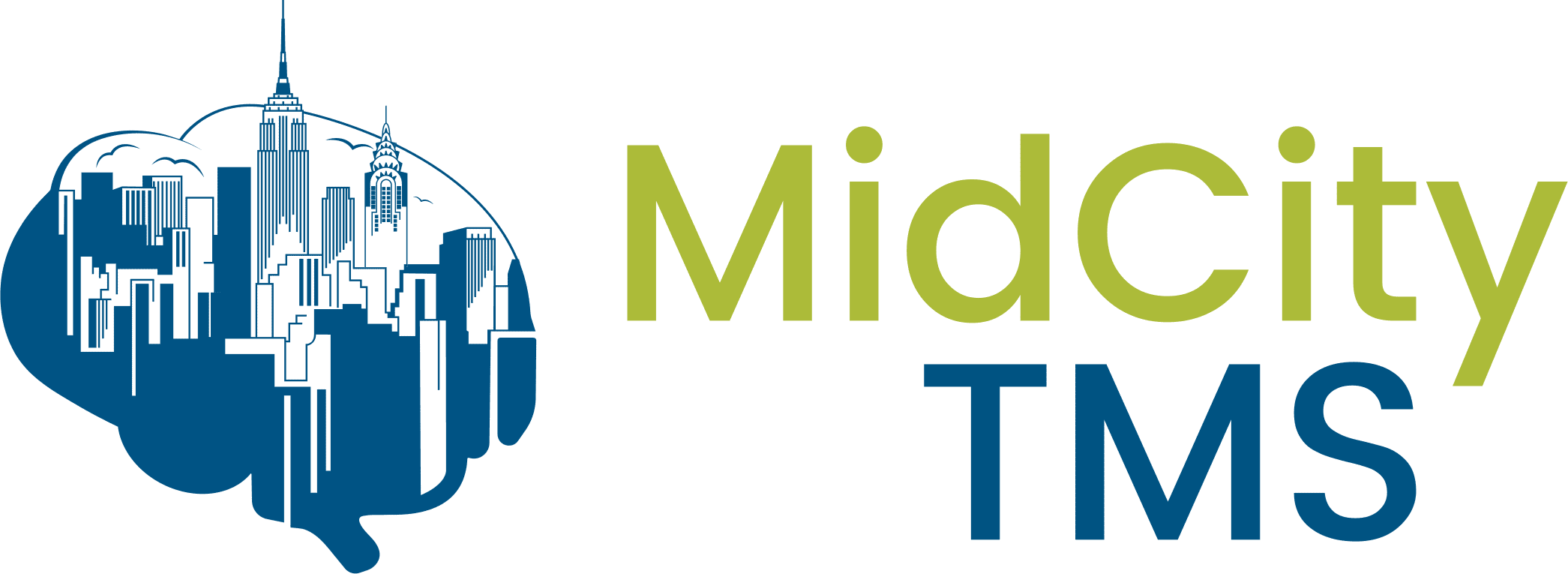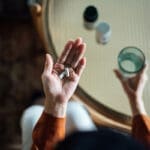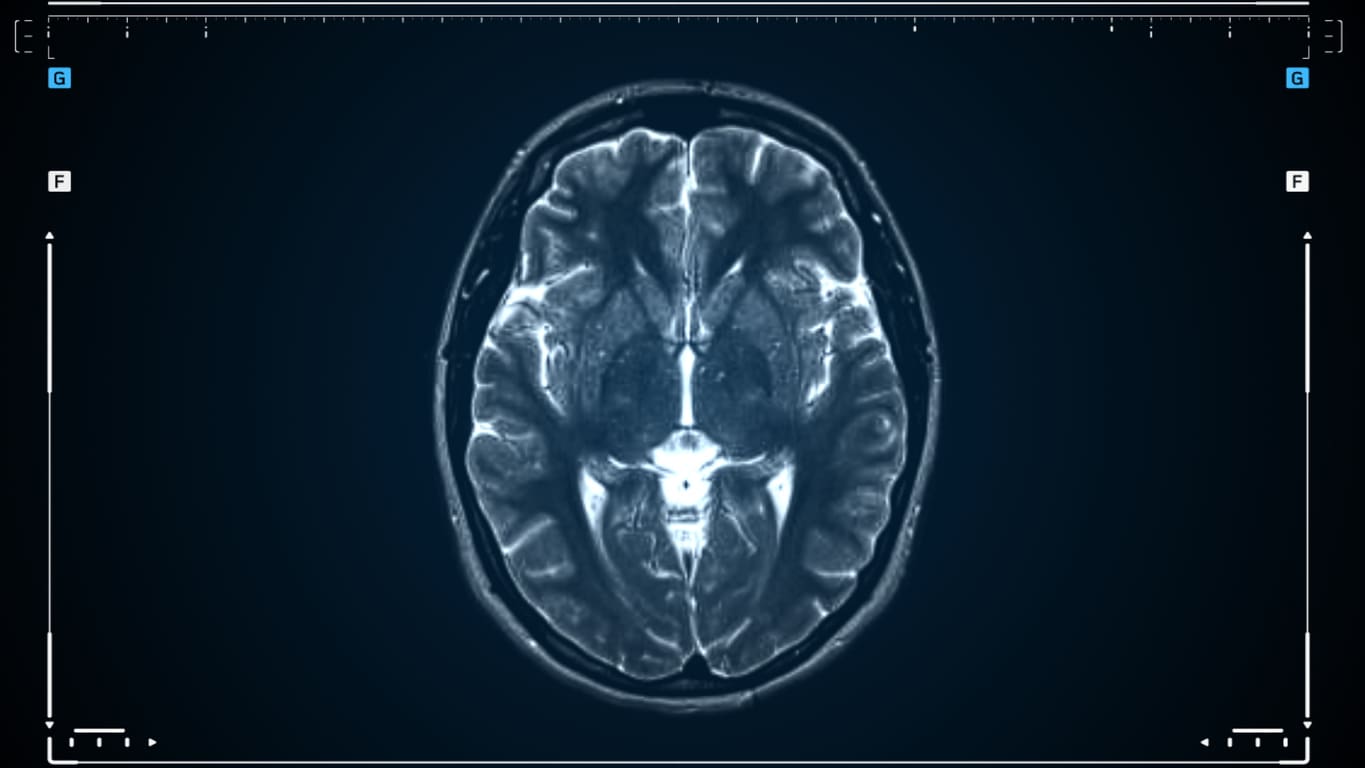Transcranial Magnetic Stimulation (TMS), a non-invasive treatment characterized by magnetic pulses that target areas of your brain in which low activity causes depression, is very effective. According to an article published in Harvard Health Publishing, 50% to 60% of MDD patients who have received inadequate results from medication experienced significant relief from TMS treatment.
So what does TMS target most in the brain when used for Depression to make it so effective? The short answer is the dorsolateral prefrontal cortex (DLPC).
How Does Repetitive TMS Work?
TMS sessions usually last between 4 and 20 minutes. Patients usually attend 5 sessions each week over 7-8 weeks. Our TMS therapy is a non-invasive outpatient procedure.
During treatment, a magnetic coil–a magnetic field generator–is placed near your head. Magnetic pulses create small electrical currents in specific areas of the brain where low activity causes depression. TMS localizes treatment in the dorsolateral prefrontal cortex (DLPC). The DLPC is linked to executive functioning, including the ability to distinguish between ideas, actions, and outcomes. Its main functions include working memory, decision-making, and motor planning.
Unilateral TMS: Targeting the Left DLPC
Major depression is largely due to dysregulation in the brain, including reduced activity in the left dorsolateral prefrontal cortex (DLPFC).
Unilateral, left-sided TMS, which targets the left DLPC with high-frequency (10 Hz) pulses, is the most popular TMS treatment protocol for treating depression.
In addition, there is emerging evidence that the most optimal TMS treatment can be reached by stimulating an anterior site in the left DLPFC. At Mid City TMS, we use the Beam F3 method, which is an effective, simple, and reliable method using a series of manual measurements of the head for targeting of stimulation at the more anterior site within the DLPC.
Bilateral TMS: Targeting Both DLPCs
We often recommend switching to bilateral TMS for patients that do not respond after about 15 unilateral sessions. While unilateral TMS targets reduced activity in the left DLPC, bilateral TMS also targets overexcitability in the right DLPC. Instead of targeting just one side, bilateral TMS targets both the left and right DLPFC. By regularizing both hemispheres of the brain, this treatment can be particularly helpful for patients who have anxiety as a prominent manifestation of their major depression.
While this treatment is not as widely practiced as the traditional unilateral TMS, there are studies with evidence to support its efficacy, including a 2019 study with 43 adults (ages 60 or older) with treatment-resistant depression.
The Future of Targeting For rTMS
Although current TMS treatment already boasts significant improvement, more extensive research will help inform clinical practice and allow us to individualize and optimize patients’ treatment plans. For example, TMS coils are typically placed 45 degrees over the target area. However, the search for an optimal angle can be lost to the fact that these placements may vary from patient to patient.
Get TMS Treatment With Mid City TMS
At Mid City TMS we are always keeping updated about new developments that can further improve the efficacy of TMS. Mid City TMS’s Founder and Medical Director, Dr. Bryan Bruno, is among the most respected and experienced professionals in the field of TMS, being amongst the first TMS practitioners in the NYC region, starting to do it after it was FDA approved in 2008.
If you have a current diagnosis of Major Depressive Disorder, we will take you through a screening process to determine a personalized treatment plan for your needs. With our state-of-the-art equipment and technology and extensive experience, our goal is to give our patients the best care possible.
Contact our team of experts with questions about our services or insurance coverage. Our trained and empathetic staff believe that better is possible, and will ensure you get the care and results you need. Join the hundreds of patients that have benefited from TMS at Mid City TMS.



